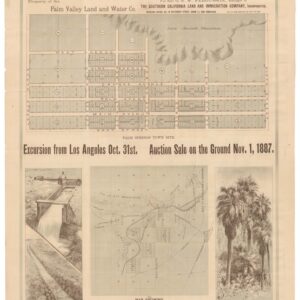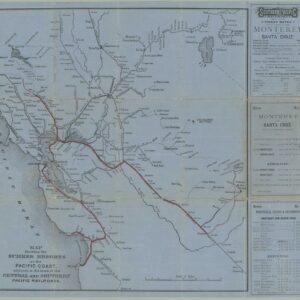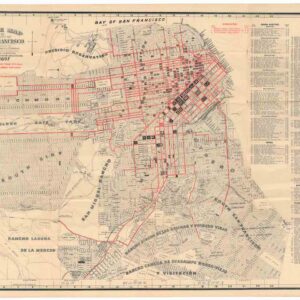The Southern Pacific Railroad, often simply referred to as the Southern Pacific, was one of America’s most influential rail systems, playing a critical role in the development and growth of the Western United States. Founded in the 1860s, its primary intention was to connect San Francisco and San Diego. However, over time, it expanded its vast network, spanning from the Pacific Coast to the Midwest, covering key states such as California, Arizona, New Mexico, Texas, and Louisiana. Its routes facilitated not only the movement of goods but also the migration of people, fostering connections between communities and accelerating the economic growth of the regions it touched.
The railroad wasn’t without controversies, particularly concerning its monopolistic practices and significant political influence during the late 19th and early 20th centuries. Nonetheless, its lasting impact is undeniable, with its legacy tracks still serving as vital arteries for transportation in the modern American West.
-
-
Add to cartQuick View
- California, Southern California
Map of Palm Springs and Palm Valley Colony Lands / Palm Springs! On the Line of the S.P.R.R. in San Diego County
- $7,500
- The Earliest Map of Palm Springs!
-
Add to cart
-
-
Add to cartQuick View
- California
Map Showing the Summer Resorts on the Pacific Coast, adjacent to the lines of the Central and Southern Pacific Railroads.
- $600
- An evocative and passenger-oriented overview of Northern California’s railroad infrastructure in the 1880s.
-
Add to cart
Archived
- Out of Stock
- San Francisco
Guide Map of San Francisco and Side Trips in California.
- A Southern Pacific California guide and San Francisco map that we have never seen before.
- Read moreQuick View
-


